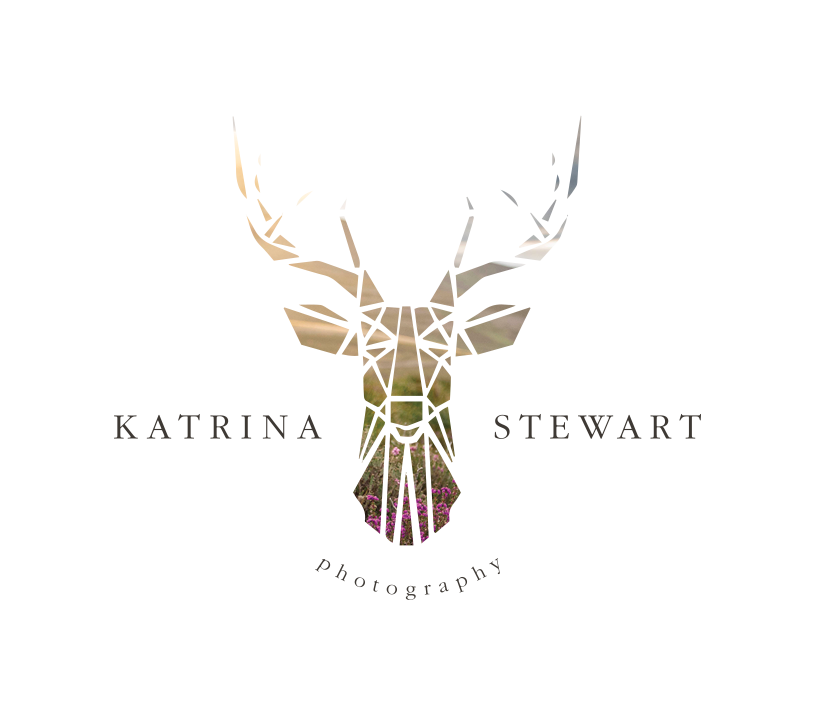Aurora Borealis, Scotland
The most powerful solar storm in more than twenty years struck Earth on Friday 10th May creating an intense celestial light show that was witnessed throughout most of the UK.
Significant solar activity usually means we have a chance to witness the aurora borealis in the north-east of Scotland (if the weather cooperates). I keep up to date with alerts through Aurora Watch Uk and study local forecasts and check for cloud cover. All signs were good, so we packed up a picnic blanket and hot chocolate and made our way to Balmedie beach. I’m fortunate enough to have seen the aurora borealis a number of times - all in Scotland. It takes persistence, is usually freezing and often fruitless so it was a revelation to be heading out on what felt like a beautiful summer’s evening for an all but guaranteed show.
Balmedie beach is just north of Aberdeen. It’s a great place to head no matter the time of year as there are always beautiful views to be enjoyed and miles and miles of beach and sand dunes to explore.
Once parked up we walked north through the dunes for about a mile before settling down to drink our hot chocolate and watch the sun go down and the stars emerge. At about 11.15pm, the sky to the east started brightening and then the shimmering green aurora started. Flashing up and down before rippling across the sky. Pinks appear on the edges before following the same pattern. Then purple and blue. All shimmers upwards and then south. Traipse through the dunes, tripping over the spiky marram grass. Before sliding down a large dune into the beach Shoes filled with sand, we make our way back down the beach passing the occasional person out enjoying the spectacle. As we get closer to the main access point, it's clear that the message has gone round. There are lots of people chattering excitedly, pointing cameras and phones at the sky and oohing and aahing over the show. Get back to the car, sand blasted, empty our shoes and ask ourselves did it happen?
After parking, we set off north through the dunes, walking for about a mile until we found the perfect spot to settle down. We sipped our hot chocolate, feeling the warmth spread through our hands as the sun dipped below the horizon and stars began to emerge.
Around 11:15 PM, we noticed the eastern sky start to glow. Suddenly, a shimmering green aurora burst into life, dancing and flashing up and down before rippling across the heavens. Pinks appeared at the edges, following the same mesmerising pattern, soon joined by purples and blues. The colours shimmered and twisted, moving upward and then southward, painting the sky in a breathtaking display. The show went on for a considerable amount of time and was still going when we decided to head back with our very excited but exhausted 10 year old. As we approached the main access point, it was clear that word had spread. A growing crowd was gathered, chattering excitedly, pointing cameras and phones at the sky, and letting out "oohs" and "aahs" with every twist of the aurora.
Afterwards there was a flurry of activity on social media and for a moment, it felt that the whole of the UK was united in joy and that some of the weightiness of the world had lifted for a brief time.
Tips for seeing the aurora with the naked eye.
The picture above shows how the northern lights looked to the naked eye. We had been out for quite some time watching the sunset and the sky gradually darken so our eyes had adjusted to the night conditions. That is crucial. Make sure you are somewhere dark and avoid looking at any light sources including your watch and phone. It takes about 20-30 mins for the eyes to fully adjust to the dark so the longer you are outside without light interference, the better. You should try and have all your settings ready to go on your camera/ phone to avoid having to spend any time looking at a screen.
The show started with a white shimmer and as the sky darkened further we were able to see the greens and pinks dance across the sky. At one point it seemed the whole sky was pink. I avoided letting the family look through my camera until towards the end so as not to interfere with their ability to see with the naked eye.
Aurora Borealis above Balmedia beach just north of Aberdeen.
Tips for photographing the aurora borealis in Scotland with your mobile phone
Modern smartphones with good cameras are capable of capturing fantastic pictures of the Northern Lights. Phones like the latest iPhone, Samsung Galaxy, or Google Pixel are great choices. The same rules apply as they do with general cameras. Find a dark, light pollution free location with clear skies. I check the MET office cloud cover map before heading out and generally head somewhere coastal with uninterrupted views north.
Enable night mode on your phone and ensure your flash is turned off. If you have a mobile phone tripod this will help you stabilise the shot leading to a clearer, crisper image. In the absence of that, you can set the timer and prop the phone against something solid or lean against a wall to help avoid camera shake.
When shooting, try and frame it in a way which includes foreground elements: trees, mountains or even a person.











